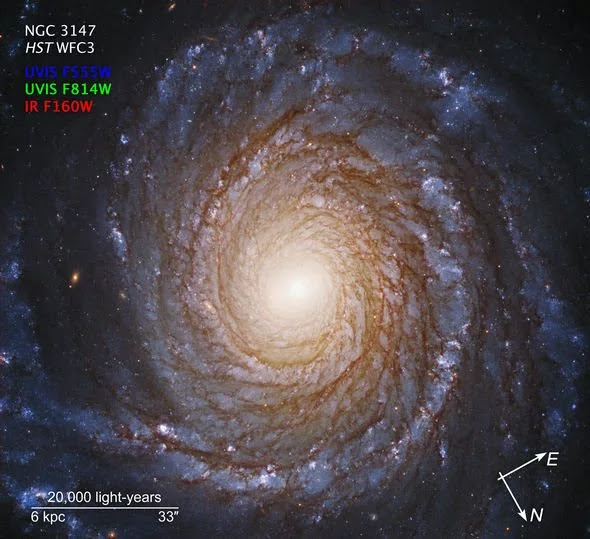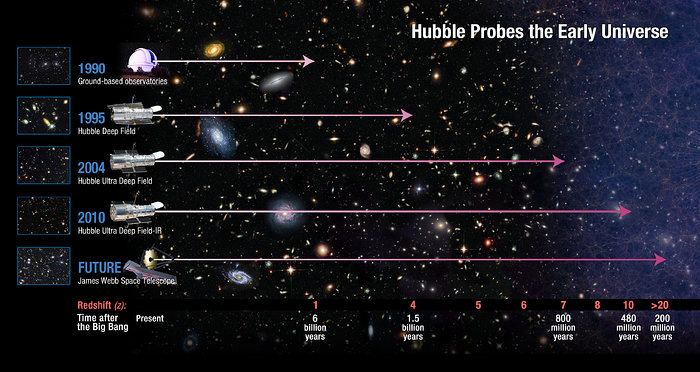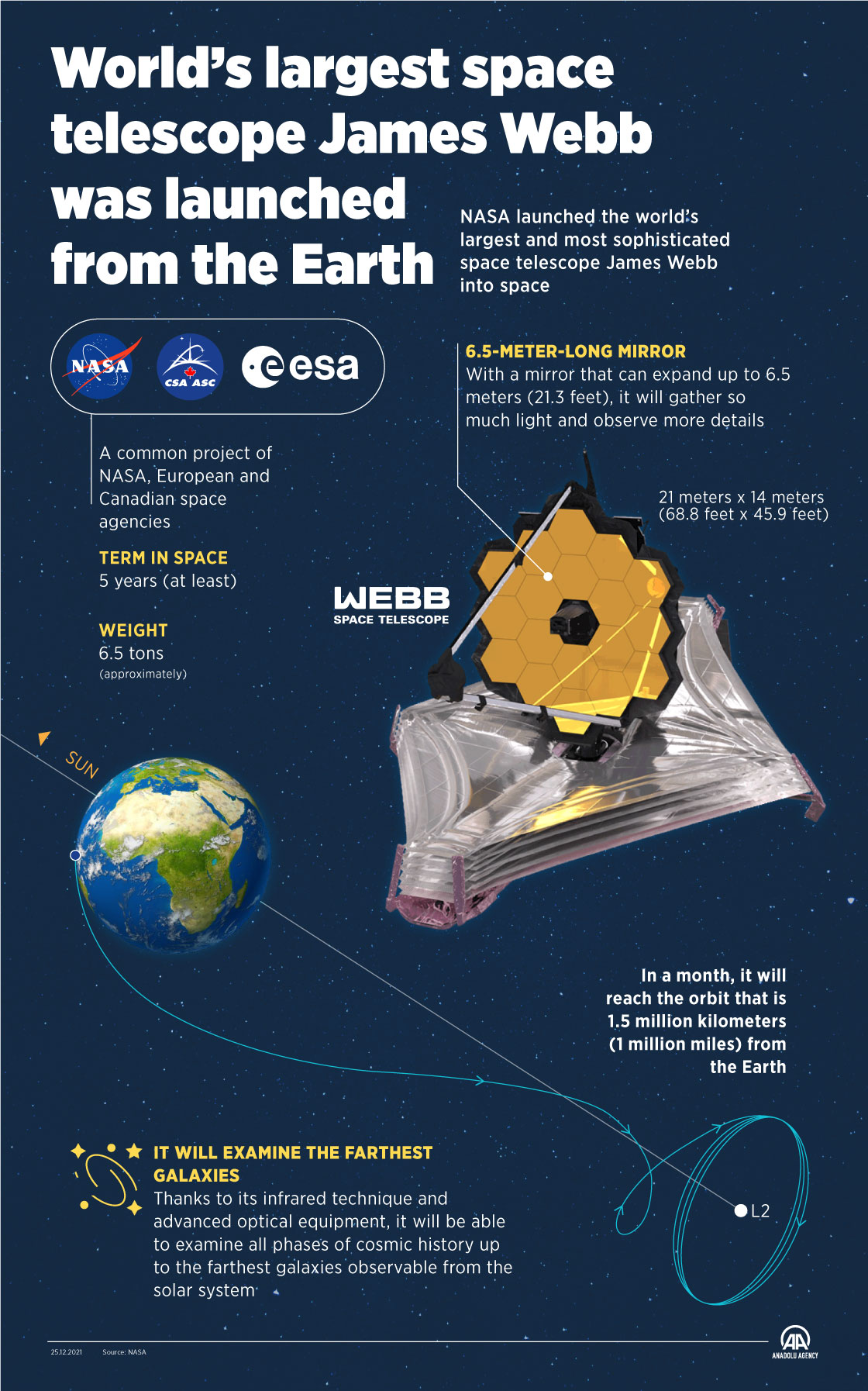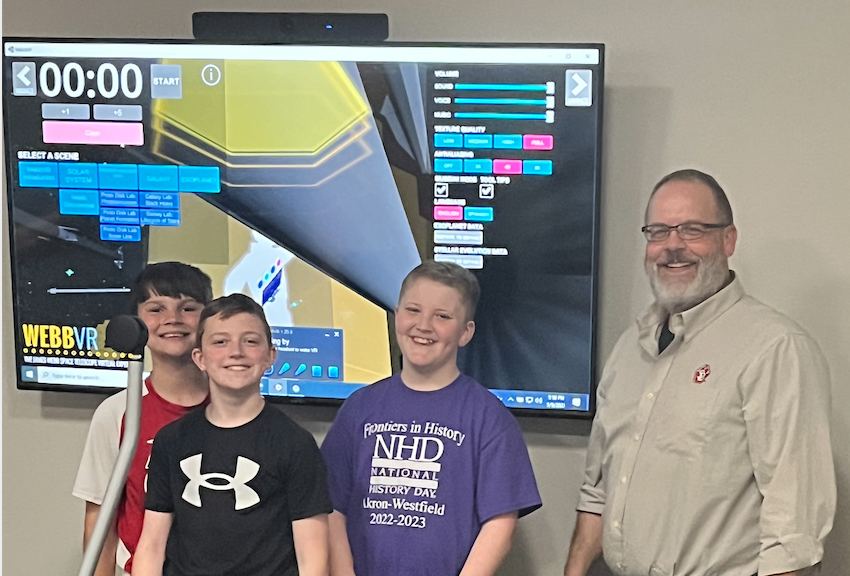Hubble Telescope:Viewing the Final Frontier
Legacy
Hubble Earthly Applications, 2018, NASA.
The legacy of Hubble encouraged scientists to courageously overcome adversity to reach new frontiers. Hubble used science to make things that were once impossible become reality. The technologies of the Hubble telescope are being developed in applications all over the world to improve our lives.
Currently in operation, Hubble has an impact beyond our galaxy. In 2019, NGC 2985 was discovered, a galaxy 70 million light years from Earth revealing the vast size of our universe. This first groundbreaking glimpse revealed how much more we need to learn.

Hubble Impact Beyond Our Galaxy NGC 2985, 2019, NASA.
"By looking at these images, we can see things we've never seen before and gain insight into our relationship with other galaxies."
-Samantha Thompson, Smithsonian Curator of Science and Technology.

Stretching Our View, 2011, NASA ESA.
Fueled by the success of Hubble, the James Webb Space Telescope was created, further revolutionizing what we know. Hubble paved the way for other advancements to follow. Hubble cost 16 billion dollars and took over 30 years to complete. With obstacles cleared away for further advancements, Webb only cost 10 billion dollars and took merely 10 years to complete.
"Webb Space Telescope is not 'Hubble's Replacement," but 'Hubble's Successor',
designed to build on Hubble's rich legacy."
-Jenifer Millard, School of Physics & Astronomy, Cardiff University, Wales

Impact of Hubble Telescope's Prodigy, 2021, NASA.
Hubble's successor, the James Webb Telescope, utilizes many of the traits that attributed to Hubble making a lasting impact. The James Webb Telescope demonstrates the same spirit of crossing frontiers of space, building relationships with the European and Canadian Space Agencies.
"It (Webb Telescope) symbolizes the relentless spirit of American ingenuity and it shows what we can achieve; what more we can discover."
-President Biden
"Images from the James Webb Telescope coupled with virtual reality create an entirely new way to learn about and experience modern astronomy."
-Darin Jerke, University of South Dakota Educational Technology Integrationist

WEBBVR Technology, 2023, University of South Dakota.
In February 2023, Webb caught infrared images that again challenged the current understanding of how galaxies are formed. The legacy of Hubble continues, as its successors impact our pursuit of knowledge and our perspective about our place in the universe.
President Biden, 2022, The White House.
“With increasing distance, our knowledge fades, and fades rapidly. Eventually, we reach the dim boundary -the utmost limits of our telescopes. There, we measure shadows, and we search among ghostly errors of measurement for landmarks that are scarcely more substantial. The search will continue..."
- Edwin Powell Hubble
Process Paper